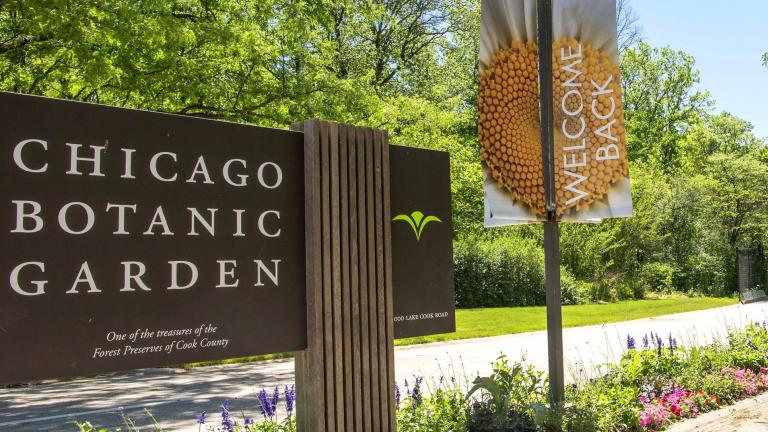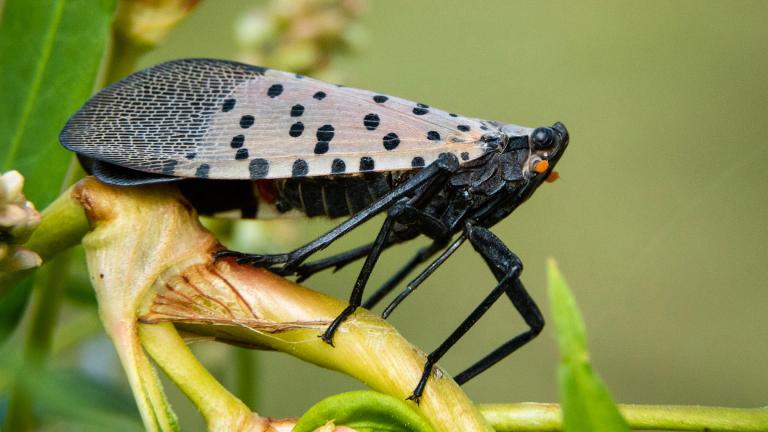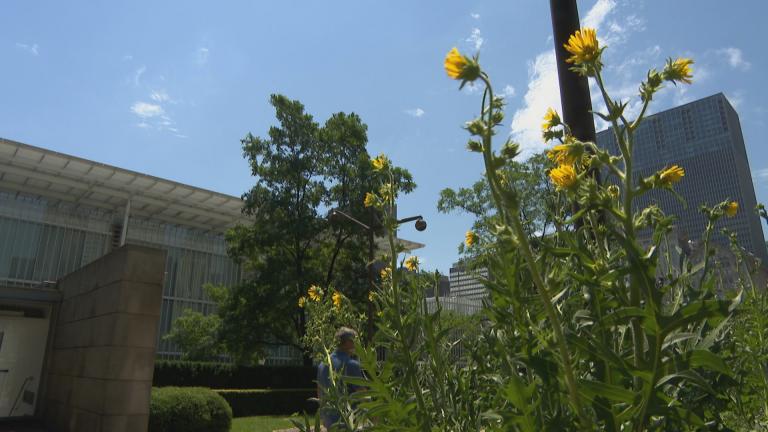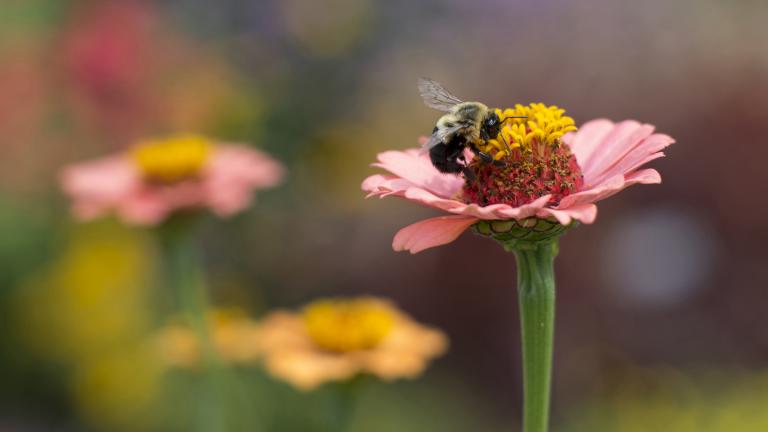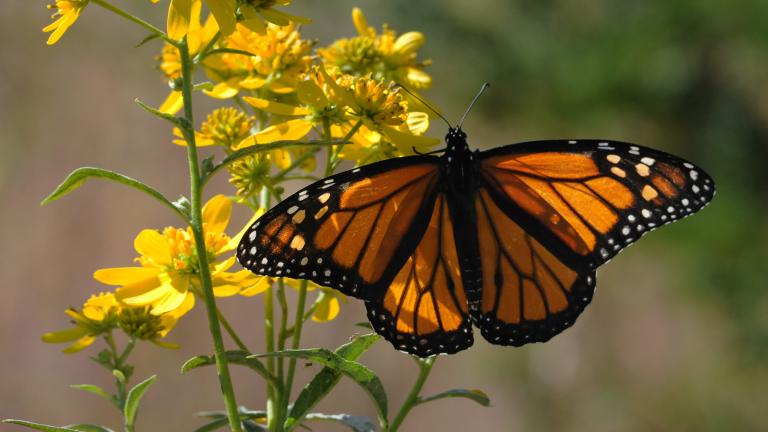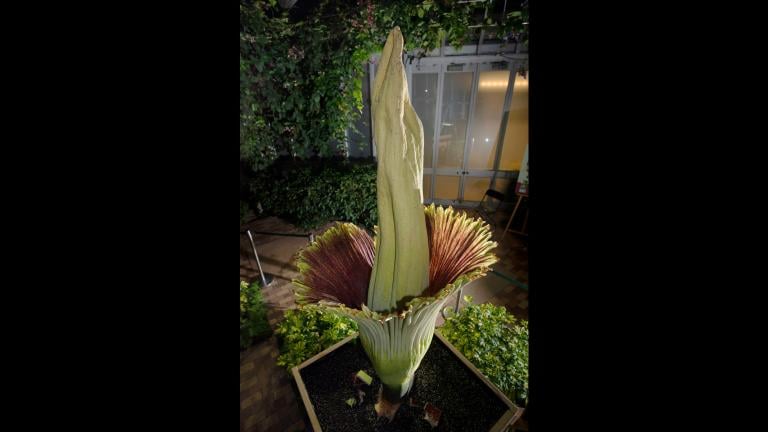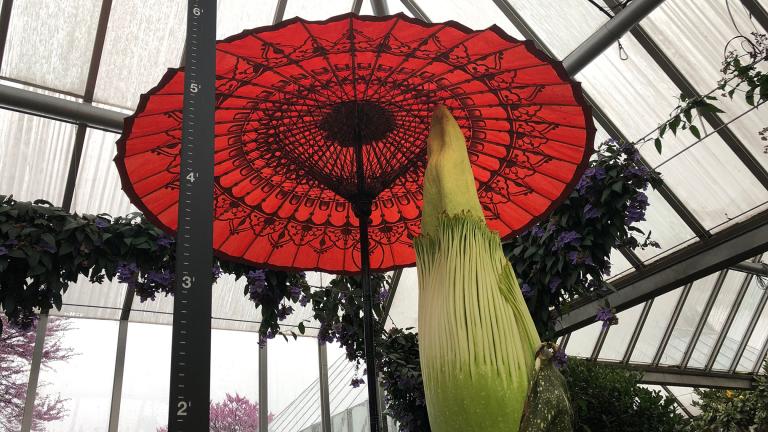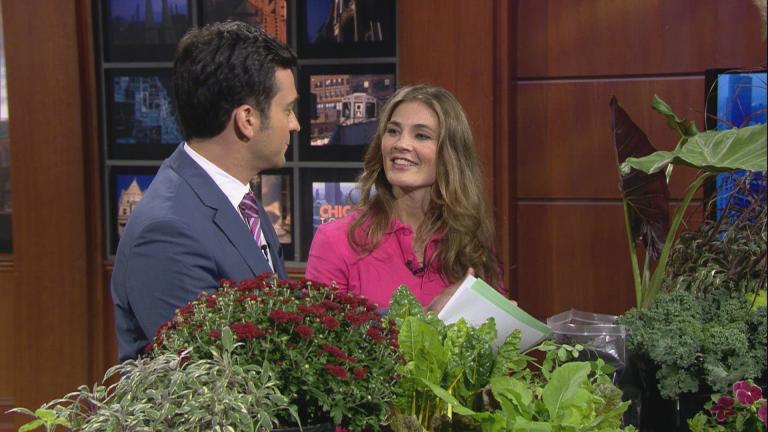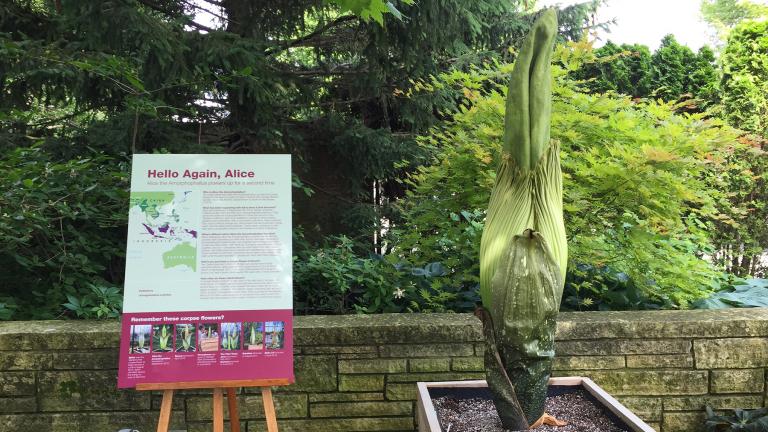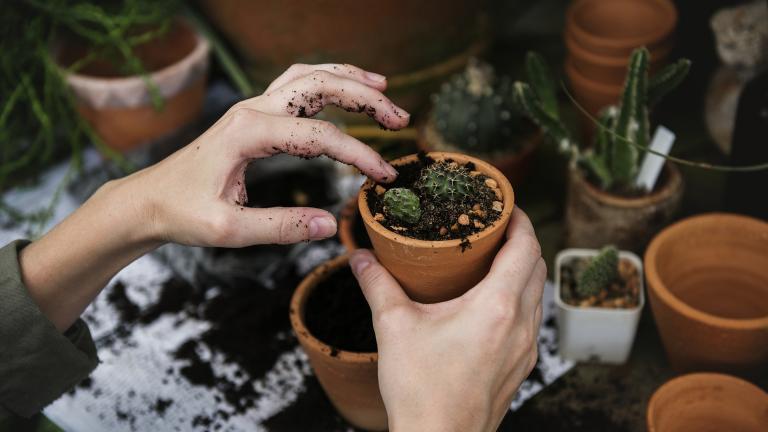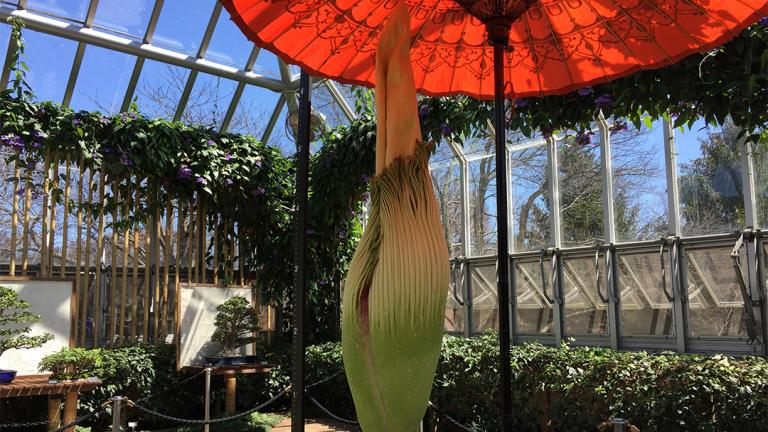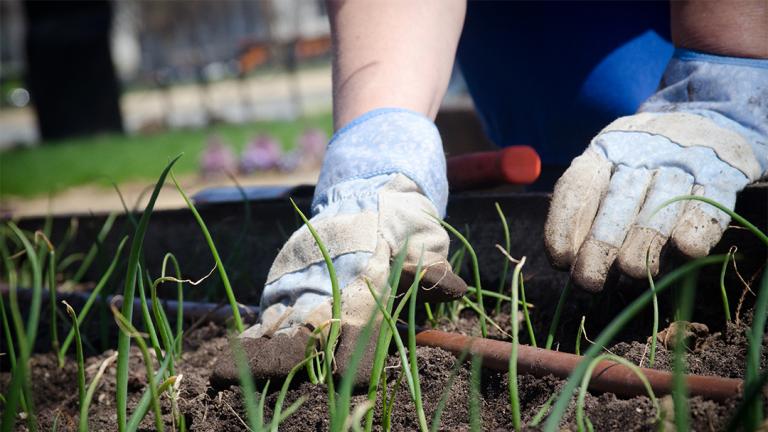To limit the potential for overcrowding, the garden is implementing a timed-ticketed entry policy. Non-members will get their first chance to register for a slot on Friday. Here’s what else you need to know.
Chicago Botanic Garden
Snowdrop, crocus, hyacinth and other early spring bloomers are cheering up the gloomy landscape.
The spotted lanternfly, oak wilt, gypsy moth and boxwood blight are among the latest threats in the plant world. And citizen scientists have a role to play when it comes to stopping the next plague.
The city has given up on its ash trees, but some Chicagoans refuse to let theirs die.
It is possible to keep your garden alive when the weather shifts from extreme rain to extreme heat? The Chicago Botanic Garden’s Eliza Fournier has some tips for combatting common problems.
Pollinating animals account for an estimated one out of every three bites of food humans eat. “Bees & Beyond” explains how the process works, traces its evolutionary history and demonstrates its impact on our daily lives.
It’s a colorful sign of summer: brightly colored butterflies floating on the wind. From nature museums to forest preserves to beachfront parks, Chicago has plenty of spots to see these beautiful insects. Here are 10 of the best.
At 82.5 inches, Java is not only the tallest corpse flower to bloom at the Chicago Botanic Garden, but the quickest among its type at the garden to re-bloom.
After blooming for the first time in June 2017, Java, one of the dozen or so corpse flowers at the Chicago Botanic Garden, is preparing to bloom again.
Sunny days and cool nights have helped produce a vivid display of fall colors this season. At the Chicago Botanic Garden, thousands of trees are at their peak.
Cooler weather can present challenges to local gardeners. How to make the most of the season.
Nearly three years after becoming the first corpse flower to bloom at the Chicago Botanic Garden, Alice the Amorphophallus is on the verge of blooming again.
A new 20,000-square-foot urban agriculture facility aims to expand job training programs and healthy food options in one of Chicago’s most troubled neighborhoods.
Whether you’ve got a generous backyard garden or a container collection on your apartment patio, it’s time to put your green thumb to work. We get spring planting tips from the Chicago Botanic Garden’s Eliza Fournier.
Remember Spike the corpse flower? The plant made famous in 2015 for being the first of its kind to (nearly) bloom in Chicago is on the comeback trail – and climbing to new heights.
A recent warm-weather spell might make it tempting to dig into your garden. But with another cold spell likely, Chicago Botanic Garden’s Boyce Tankersley says it’s too early to break out the garden shears.

